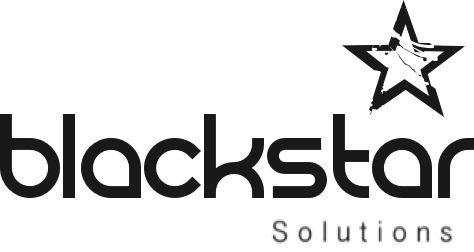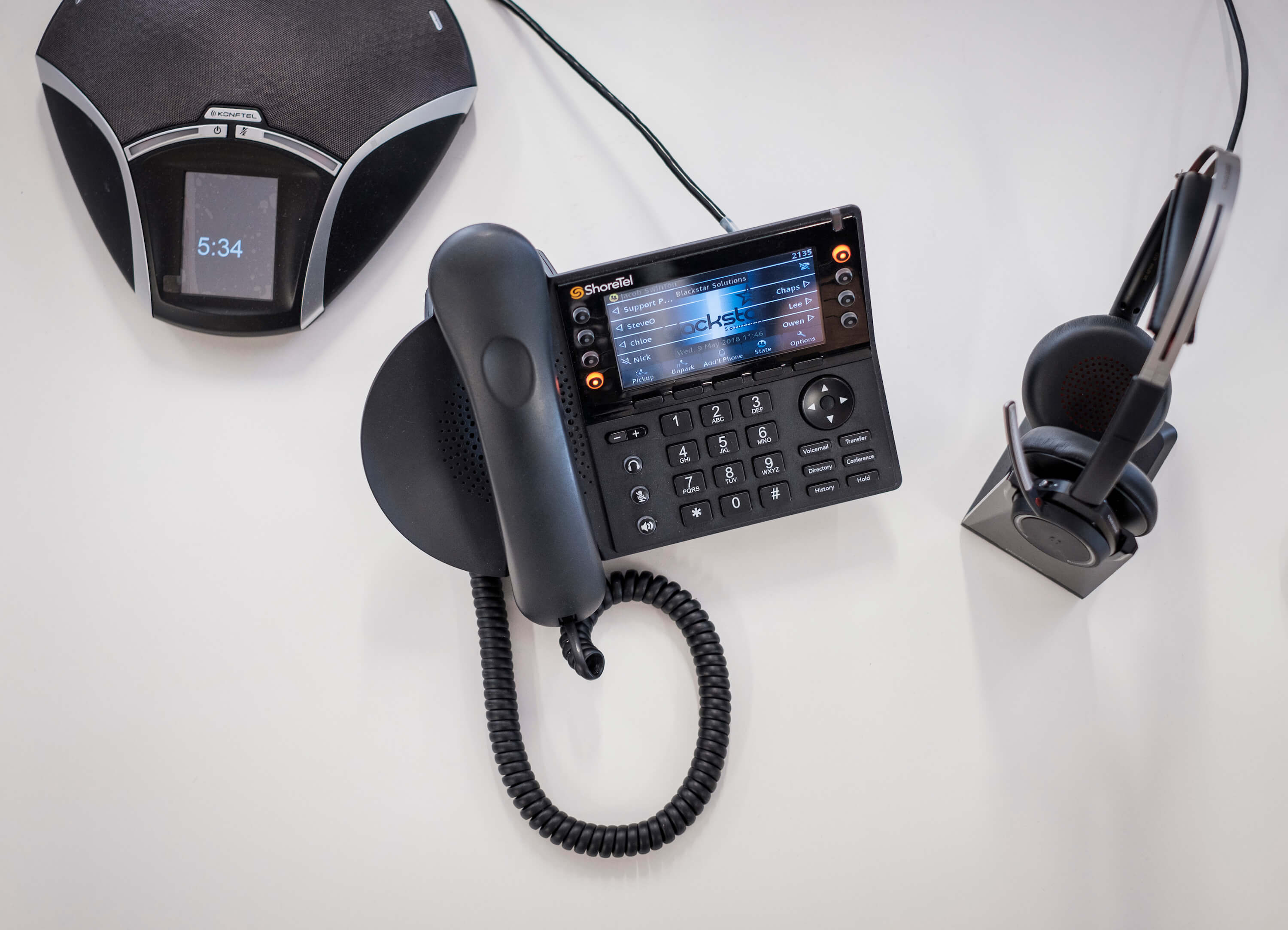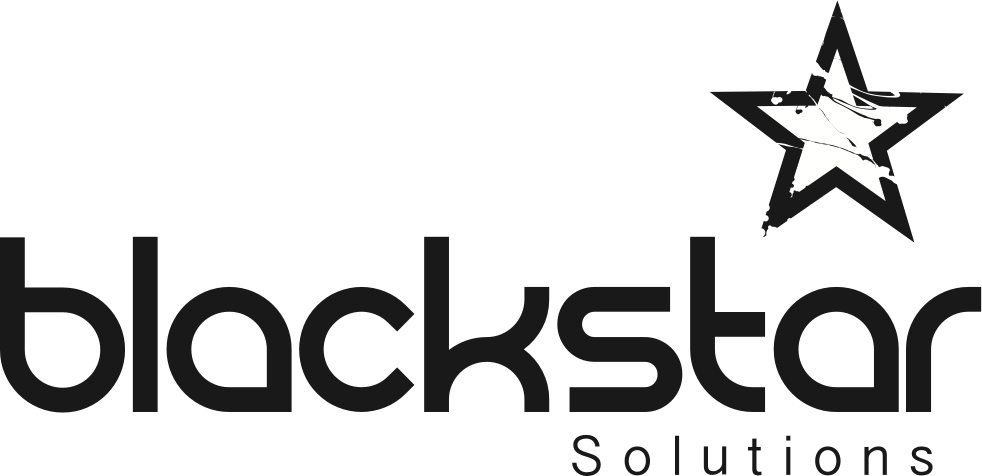Whether creating a new, or improving an existing contact centre, as much time devoted to planning is typically required as it does in design and implementation. In this blog, I examine our approach and some of the considerations taken during the Discovery phase of such a project.
In the first instance, it is important to take time to understand the business dynamics and determine the fundamental deliverables required from the contact centre. This is achieved by initially determining how the call centre is currently operating, or is planned to be operated, along with identifying any existing challenges that need to be overcome; this, along with determining what improvements are required (such as performance, cost reduction, customer satisfaction), all help to build up an overall picture of which designs can be based upon.
On initial design, capturing more specific requirements enable us to build out the required call flow designs; some of these include:
- Which telephone numbers are used and for what purpose
- What schedules should be applied and where calls route outside of call centre hours
- What path calls should follow, such as with auto attendant menus, or direct agent contact
- What groups of agents should exist and how they may overflow or interact with each other
- Whether the call centre purely inbound, or are there requirements for outbound dial lists or call-backs
- What interactions in addition to phone calls are handled, such as chat and e-mail
As calls enter the contact centre system, we need to define how they will be handled and the experience the callers will have; An auto attendant or IVR may be in place to greet the caller with options for different departments. The caller may be required to enter some information (or information is automatically captured) which is matched against a back-end database before proceeding (a CLI, account number or support ticket number for example). A mandatory announcement for calls being recorded may be played, or perhaps the call will simply be routed directly to a group of agents for immediate answering.
Different operating scenarios may occur and these need to be defined in the most appropriate and efficient manner; if all agents are busy then calls may queue, therefore what announcements, timings, queuing music and options are presented to the caller? If the primary group is not available, should the call be overflowed to other groups, and after what amount of time? Should no agents be logged in, where should calls be routed to ensure they are not lost? To prevent calls queuing forever, where should calls be routed after a finite amount of time?
From the perspective of delivering a call to the agent, what criteria should be used to select the most appropriate one? This may be the agent who has been idle the longest, a top-down or round-robin approach, perhaps the agent with the best skill fit, or maybe a combination.
Conversely when an agent becomes available and there are multiple calls queuing, how should the system decide which call to present to them? This may be the one that has been waiting in the queue the longest, perhaps from a specific queue or a call that has higher priority over others, or perhaps the call that is best suited to the agent’s skill set; these are fundamental metrics to ensure the right call arrives with the right agent at the right time.
On delivering the call to the agent, we need to determine further call handling options; will the call be auto-answered for the agent giving immediate contact? If not, how long should a call ring on an agent’s phone before returning unanswered to the queue? (placing the agent into an unavailable state). How much time is the agent given for wrap up after a call is completed whether wrap codes are used to classify the call are some of the other considerations to be made.
Providing good reporting facilities, both real time and historical, allow Supervisors and Managers to monitor the performance of the call centre and make decision and adjustments as they see necessary. Many reporting metrics are available and tools such as supervisor applications, scheduled reports and wallboards all help to provide insightful visibility of the contact centre.
In summary, there are many factors to be considered when designing an effective contact centre from both the perspective of the business and their customers; mentioned here are just some of the fundamental components that form the basis of the contact centre and many other options and features can be introduced depending on the requirements of the business.
Our approach to comprehensive initial discovery enables us to implement a well designed contact centre solution.
Want to find out more? Contact me on 0117 235 0022



















